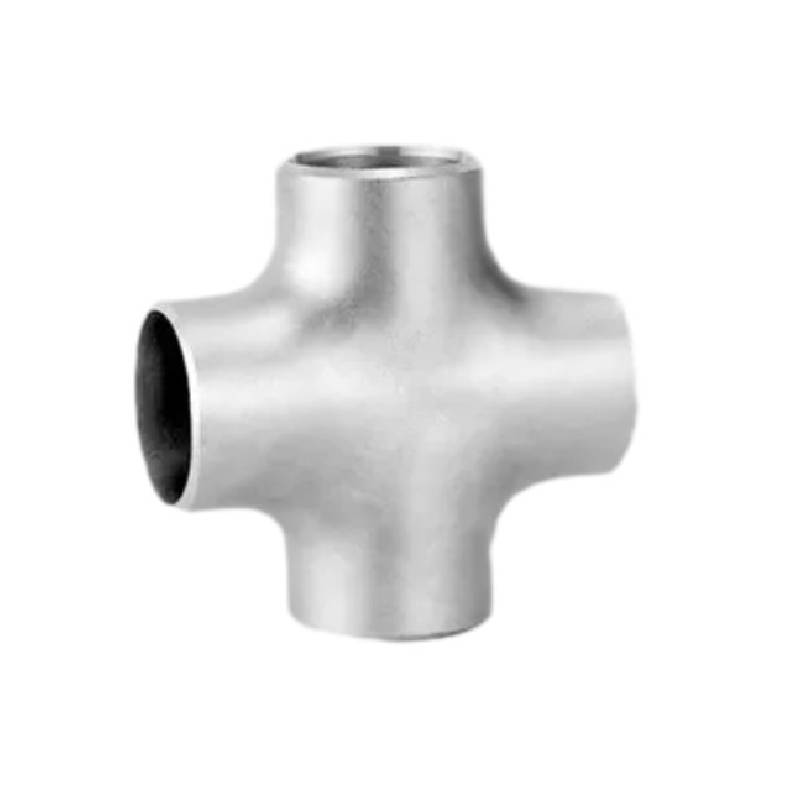-
Cangzhou Yulong Steel Co., Ltd.
-
Phone:
+86 13303177267 -
Email:
admin@ylsteelfittings.com
- English
- Arabic
- Italian
- Spanish
- Portuguese
- German
- kazakh
- Persian
- Greek
- French
- Russian
- Polish
- Thai
- Indonesian
- Vietnamese
- Zulu
- Korean
- Uzbek
- Hindi
- Serbian
- Malay
- Ukrainian
- Gujarati
- Haitian Creole
- hausa
- hawaiian
- Hebrew
- Miao
- Hungarian
- Icelandic
- igbo
- irish
- Japanese
- Javanese
- Kannada
- Khmer
- Rwandese
- Afrikaans
- Albanian
- Amharic
- Armenian
- Azerbaijani
- Basque
- Belarusian
- Bengali
- Bosnian
- Bulgarian
- Catalan
- Cebuano
- China
- China (Taiwan)
- Corsican
- Croatian
- Czech
- Danish
- Esperanto
- Estonian
- Finnish
- Frisian
- Galician
- Georgian
- Kurdish
- Kyrgyz
- Lao
- Latin
- Latvian
- Lithuanian
- Luxembourgish
- Macedonian
- Malgashi
- Malayalam
- Maltese
- Maori
- Marathi
- Mongolian
- Myanmar
- Nepali
- Norwegian
- Norwegian
- Occitan
- Pashto
- Dutch
- Punjabi
- Romanian
- Samoan
- Scottish Gaelic
- Sesotho
- Shona
- Sindhi
- Sinhala
- Slovak
- Slovenian
- Somali
- Sundanese
- Swahili
- Swedish
- Tagalog
- Tajik
- Tamil
- Tatar
- Telugu
- Turkish
- Turkmen
- Urdu
- Uighur
- Welsh
- Bantu
- Yiddish
- Yoruba

Oct . 04, 2024 22:48 Back to list
4 Inch Stainless Steel Pipe Cost Analysis and Market Trends for 2023
Understanding the Pricing of 4 Inch Stainless Steel Pipes
Stainless steel pipes are widely recognized for their strength, durability, and resistance to corrosion, making them essential in various industries, including construction, oil and gas, and food processing. Among the different sizes available, the 4-inch stainless steel pipe is particularly popular due to its versatility and compatibility with numerous applications. When considering purchasing these pipes, understanding the factors influencing their pricing is crucial.
Several elements contribute to the price of a 4-inch stainless steel pipe. First and foremost is the cost of raw materials. Stainless steel is an alloy composed primarily of iron, with chromium, nickel, and other elements added to enhance its properties. The prices of these raw materials can fluctuate significantly based on global market conditions. For instance, changes in the demand for nickel, often used as an alloying element, can lead to variations in stainless steel prices, ultimately affecting the cost of 4-inch pipes.
Another important factor is the manufacturing process. The method employed to produce stainless steel pipes significantly influences their final price. There are two primary techniques seamless and welded. Seamless pipes are formed by extruding the steel, resulting in a stronger product without any seams that might weaken the structure. Conversely, welded pipes are made by rolling and welding flat steel plates together. While seamless pipes tend to be more expensive due to their manufacturing complexity, they offer superior strength and reliability in high-pressure applications.
4 inch stainless steel pipe price

Additionally, the finish and grade of the stainless steel used in producing the pipes also play pivotal roles in determining their price. For instance, pipes made from higher-grade stainless steel (like 316 or 304) are generally more expensive because they provide better corrosion resistance and durability. Industries that demand stringent quality standards, such as pharmaceuticals and food processing, often opt for high-grade materials, which can further drive up the cost.
Market trends and demand also impact pricing. During periods of high construction activity or in the wake of a surge in energy projects, the demand for stainless steel pipes can exceed supply, resulting in price increases. Conversely, during economic downturns, prices may stabilize or decrease as demand wanes.
Regional differences can also influence the pricing of 4-inch stainless steel pipes. Import tariffs, transportation costs, and local demand can lead to significant price variations between countries and regions. Buyers should be aware of these factors and consult multiple suppliers to ensure competitive pricing.
In conclusion, the price of 4-inch stainless steel pipes varies due to an intricate interplay of material costs, manufacturing processes, market demand, and regional factors. Understanding these elements can help consumers make informed decisions when sourcing stainless steel pipes for their projects. As industry standards evolve and the market fluctuates, staying updated on these trends will be beneficial for both buyers and suppliers alike.
Latest news
-
ANSI 150P SS304 SO FLANGE
NewsFeb.14,2025
-
ASTM A333GR6 STEEL PIPE
NewsJan.20,2025
-
ANSI B16.5 WELDING NECK FLANGE
NewsJan.15,2026
-
ANSI B16.5 SLIP-ON FLANGE
NewsApr.19,2024
-
SABS 1123 FLANGE
NewsJan.15,2025
-
DIN86044 PLATE FLANGE
NewsApr.19,2024
-
DIN2527 BLIND FLANGE
NewsApr.12,2024
-
JIS B2311 Butt-Welding Fittings LR/SR 45°/90° /180°Seamless/Weld
NewsApr.23,2024











